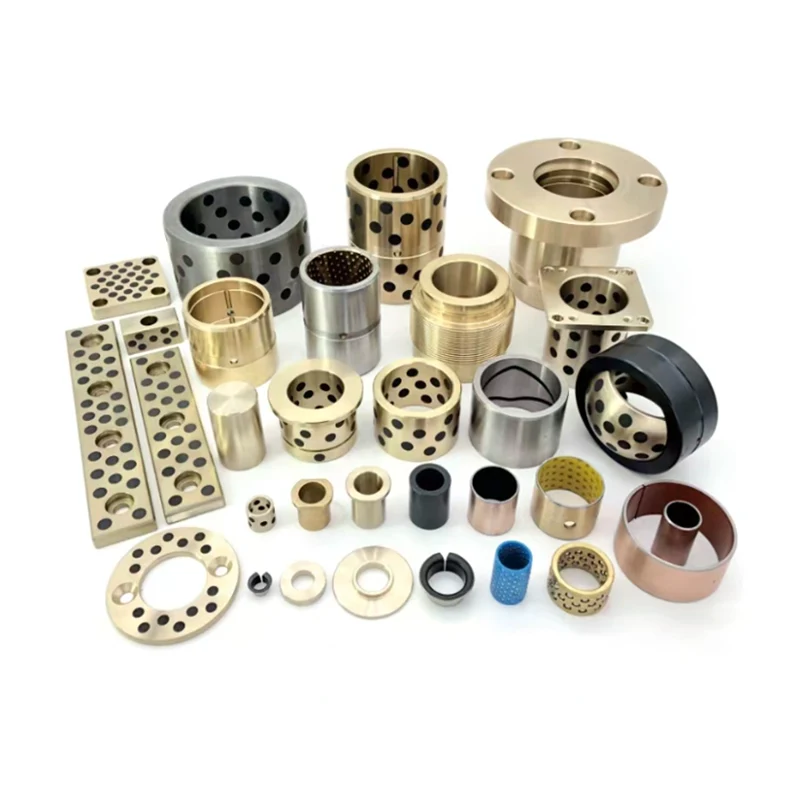- English
- Español
- Português
- русский
- Français
- 日本語
- Deutsch
- tiếng Việt
- Italiano
- Nederlands
- ภาษาไทย
- Polski
- 한국어
- Svenska
- magyar
- Malay
- বাংলা ভাষার
- Dansk
- Suomi
- हिन्दी
- Pilipino
- Türkçe
- Gaeilge
- العربية
- Indonesia
- Norsk
- تمل
- český
- ελληνικά
- український
- Javanese
- فارسی
- தமிழ்
- తెలుగు
- नेपाली
- Burmese
- български
- ລາວ
- Latine
- Қазақша
- Euskal
- Azərbaycan
- Slovenský jazyk
- Македонски
- Lietuvos
- Eesti Keel
- Română
- Slovenski
- मराठी
- Srpski језик
Classification of Moldbase and Standard Part: Let's Take a Look!
2025-04-16
Moldbase and Standard Part, as the supporting core of the mold, are constructed by precisely designed plates and parts. A standard mold base usually contains nine plates, which work together to ensure the stability and precision of the mold during operation. The mold base, as a key part that carries other components, plays a self-evident role. The mold base, as the external frame of the mold, not only provides the necessary positioning and support, but also protects the mold while maintaining the stability of production through its precision.

In the broad arena of manufacturing, the importance of Moldbase and Standard Part is self-evident. They ensure the stability and precision of the mold, thus laying the foundation for efficient production. The mold base, as the name suggests, is a frame used to fix and support the mold. Its main function is to ensure the stability and precision of the mold during processing, thereby improving product quality and production efficiency. The mold base is usually made of high-strength materials such as steel or aluminum alloy to withstand various forces and vibrations during processing.
Standard Moldbase and Standard Part is the most common type of mold base, and its structure and size are designed according to certain standards. This mold base has the advantages of strong versatility, low cost, and easy replacement, and is widely used in industrial production of various scales. Standard mold bases are mainly used to support and fix standard molds, and are suitable for mass production of standard parts processing.
Non-standard Moldbase and Standard Part are mold bases customized according to the special needs of customers, and their structure and size are not restricted by standards. This mold base has high flexibility and adaptability and can meet the installation requirements of complex molds. Non-standard mold bases are mainly used in precision machining, new product trial production, and small batch production.
Sliding Moldbase and Standard Part is a mold base with sliding function, which is characterized by enabling the mold to move horizontally or vertically during the processing process. This mold base is suitable for occasions where the mold position needs to be adjusted or multi-station processing is realized, such as production lines in industries such as automotive parts and electronic products. The use of sliding mold bases can greatly improve production efficiency and processing accuracy.
Rotating Moldbase and Standard Part is a type of mold base that can realize mold rotation. It is usually equipped with a rotary drive device, which allows the mold to rotate a certain angle around the axis during processing. Rotary mold bases are suitable for occasions that require multi-angle processing or complex shape product processing, such as aerospace, shipbuilding and other high-end manufacturing industries. Through the application of rotary mold bases, the processing quality and efficiency of products can be significantly improved.
In general, no matter what model of Moldbase and Standard Part, they play an important role in their respective fields and contribute to the efficient production and quality improvement of the manufacturing industry.





